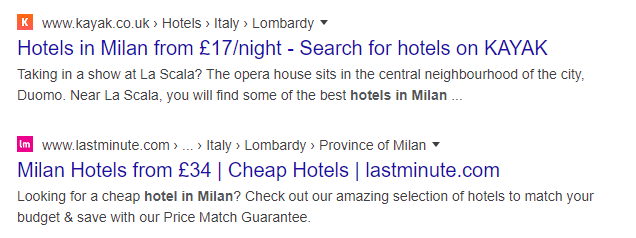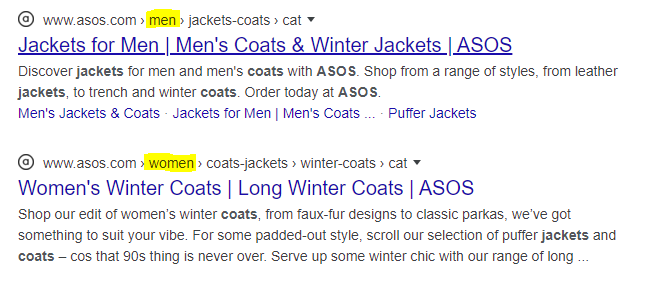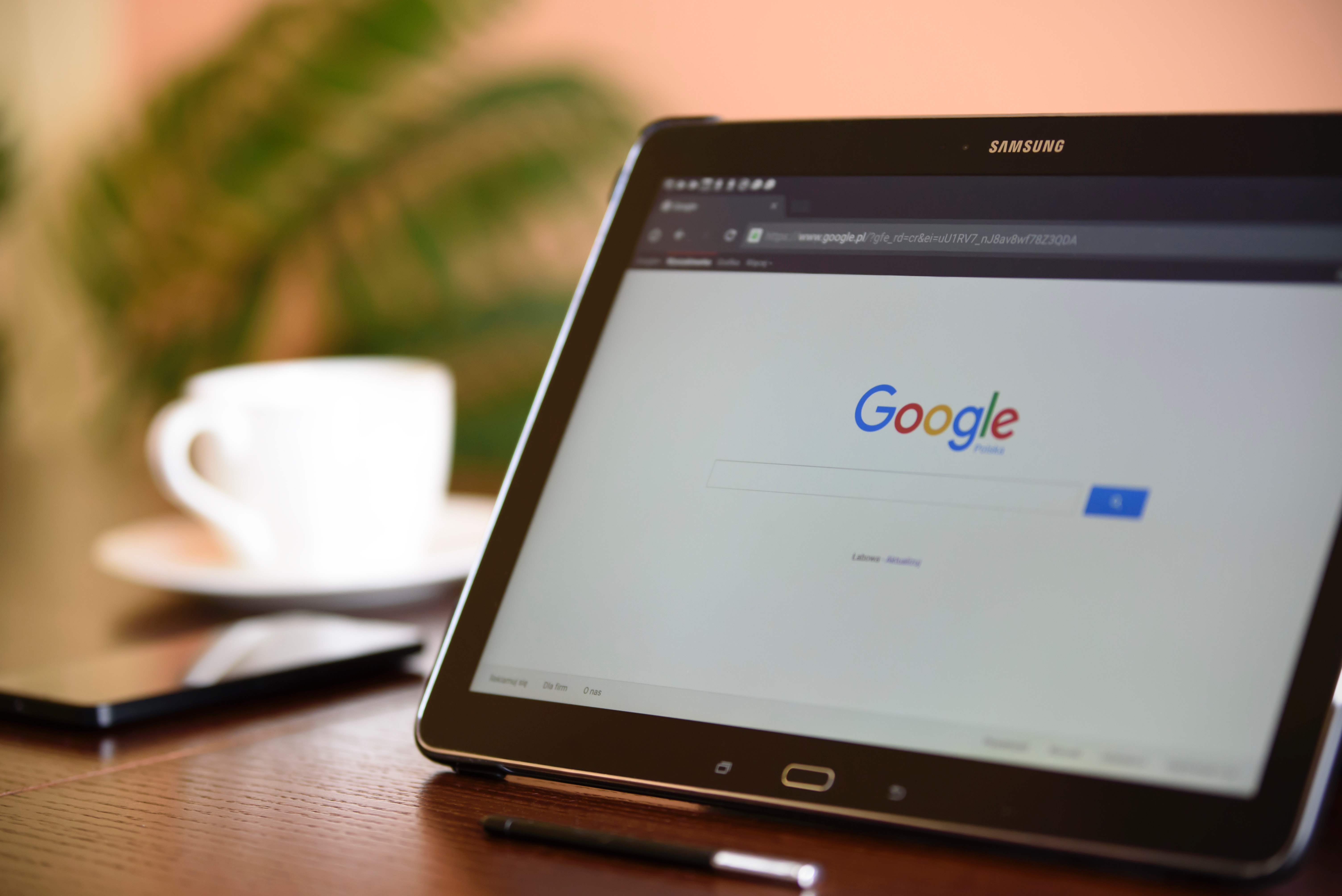What Google’s SERP redesign means for international e-commerce
After months of testing, this week Google will be rolling out a redesign to its desktop search results. Announcing on Twitter this Monday, Google’s redesign promises to present “domain names and brand icons prominently” along with a new bolded “Ad” label for ads as well as brand favicons.
For many e-commerce businesses, the search results page is the first point of communications that a customer sees. It is essentially a digital shopfront that attracts customers inside. While positioning in both paid and organic is important, the persuasiveness of the ad copy and inclusion of extensions or site links has a large impact on conversions.
In a highly competitive industry, marketers are always testing improvements to unlock efficiencies from their media. We believe that the new redesign has created a renewed importance on the URL for both paid and organic results.
Thankfully, Locaria’s very own Dominic Luecker, Multilingual Organic Performance Manager (Multichannel), and August Halse, Paid Media Localisation Manager, have written a short guide on what the redesign means for e-commerce and how you can stay ahead of the curve.
What Changed?
Quite a lot of changes have been made, which will have an impact on how Search practitioners everywhere begin to approach their strategy.
Below is a screenshot of an organic desktop search results page before the update:

And this is the new layout:

The website URL has moved from being located just below to above the title. Along with the new branded favicon, the URL will be the first line of communication that the customer sees from a brand’s SERP result.
Previously, the colour of the URL was an easy-to-ignore green. However, now the URL has been given more prominence and is now coloured the same black font used in the main description.
Looking more closely at the redesigned results page, we can infer that the prominence of the URL can help to add trust and relevance into the search result. From a user perspective, the key benefit is clarity that allows the reader to choose the right page.
Looking at the above example, it clearly highlights to the user that the hotels will be located in Italy, Lombardy, and the Province of Milan. The benefit of this is apparent when a user receives two results from the same brand as it can assist customers to choose the right page. Another example can be seen below regarding a user searching for ASOS jackets. The clear signposting in the URL allows for more clarity to the user to aid them chose which kind of jacket they’d prefer.

According to August, “Ad paths, previously called display URLs, are now also displayed above the headline in PPC ads. It is apparent that this is a move to retain the consistency of the ad formats, be it paid or organic, and the ad paths will be much more visible than they used to be.”
What does this mean for international brands?
With any big change, comes criticism that the ‘new and improved’ version is too difficult to use. However, Google has been testing this redesign over a number of months, which suggests their data must prove that this layout is a better way to sign-post adverts and results and ultimately more beneficial to the user.
While this offers benefits of clearness and ease to the user, this does raise the question of how international brands may have to change their approach to their search strategy.
We believe that URLs will not only become a key factor that affects click-through rates and engagement rates but that localising this element will help to increase performance. International brands will need to consider whether they can afford to not localise their URLs and continue to rely on English URLs.
In fact, not localising the URL page structures could contribute to creating a poor user experience. For example, if a user searching in Italian is served an English URL and breadcrumb structure, although comparatively a minor problem, it detracts from the full localisation experience.

According to Dominic Luecker, “As it stands right now, localised URLs are already playing a part in helping websites rank better within their target markets. Although we have no data on whether the increased prominence of the URL in this update is presently affecting how Google rank pages, we believe that it will begin to affect credibility and click-through rates onto ads.”
How CTR will be affected by the new redesign
CTR is affected by any visual changes to paid adverts or organic rankings, such as changes in written copy, order of ad extensions or description of site links. We believe that the re-order of the URL is no different, and for brands operating on volume keywords, they may see tests of localised URL structures making an impact on the bottom line.
Here are two points of consideration from both a PPC and SEO perspective.
Localising metadata
Brands must look at localising their URLs and changing their site metadata. The first step to doing this is to conduct relevant keyword research in the target market and surrounding the page topic. The second step is to develop localised content for each page’s meta title and metadata description in the languages most spoken by their international customers.
Meta descriptions and page titles are essential pieces that need to be localised as they take a more prominent spot visually, next to the new favicon design. Moreover, Google’s breadcrumb markup should be implemented to deliver the best user experience, and drive CTR.
Localising ad paths
From experience with ad copy testing, it is clear that a user’s attention span gradually drops off as they continue to read through the ad. Therefore it is important to not only localise your ad paths as you would with your ad copy, but also tailor them specifically to the keywords. This provides clarity for the user and is more persuasive in getting them to believe that your ad is the right option to click on.
Since ad paths are fully customisable and are not based on the on-site URL structure, localising your ad path is fully possible, but this obviously has to be part of localising your whole paid marketing strategy for the given target to ensure consistency.
By itself, applying a localised ad path will not make your brand international, however, applying an agile approach to internationalisation is the right step forward.
Find out more
If you are an international business, keeping up with SEO trends and ensuring you’re able to adapt to local markets is not easy. It can prove hugely beneficial to work with dedicated experts who not only understand the culture of your target markets, but can help you communicate in a way that feels natural, relevant and appropriate to that audience
Locaria specialises in services that can help you strengthen your understanding of new markets, convey your brand messaging to international customers and build a global profile.
To find out more about how functions like international SEO and web content localisation can increase your chances of success in Asia, give us a call on +44 (0)20 3948 6800.



